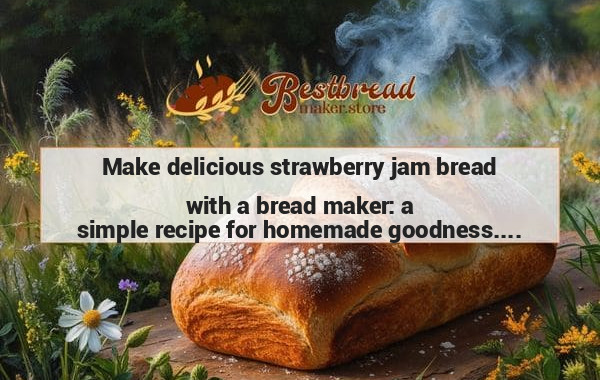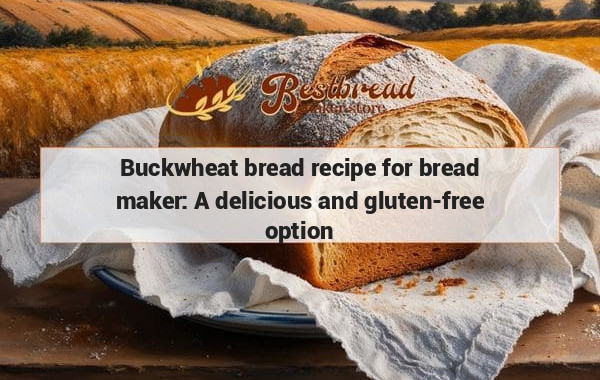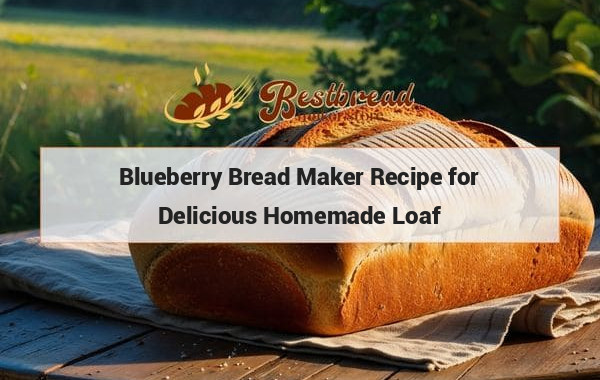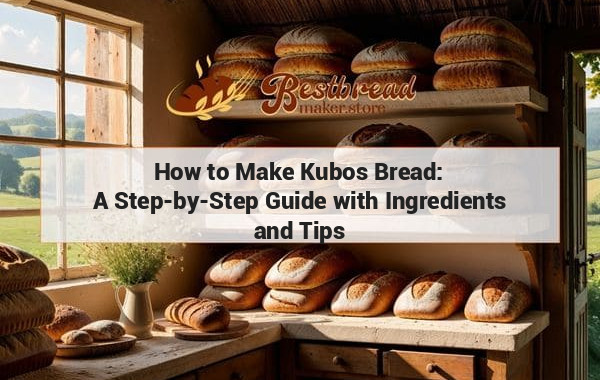How to Make Boule Bread: A Step-by-Step Guide
To make boule bread, start by mixing all-purpose flour, water, salt, and yeast together to form a sticky dough. Let it rise for a few hours until it doubles in size. Shape the dough into a round loaf, then let it proof for another hour. Preheat your oven and bake the bread until it's golden brown and sounds hollow when tapped. Enjoy your homemade boule bread with butter or your favorite toppings.
How to Make Boule Bread: A Complete Guide
Boule bread is a classic French loaf, known for its round shape and rustic crust. Making it at home is a rewarding experience, allowing you to control each ingredient and craft the perfect loaf.
Key Takeaways: Boule bread is a traditional French round loaf. It’s made using simple ingredients: flour, water, yeast, and salt. The process includes kneading, proofing, shaping, and baking, requiring patience but rewarding you with delicious, artisanal bread.
The Basics of Boule Bread
Boule bread, derived from the French word “boule” meaning ball, is characterized by its round, rustic appearance. This bread is popular for its crunchy crust and tender, airy crumb. Understanding the components and steps involved in making boule bread will help you achieve bakery-quality results at home.
Why Boule Bread is So Popular
Boule bread’s simplicity and versatility make it a staple in many kitchens. Whether used for sandwiches, dipping in soups, or as a standalone treat, its flavor and texture are unmatched. The traditional preparation techniques allow for a deep flavor profile that only improves with time and practice.
Ingredients You’ll Need
- Flour: All-purpose or bread flour works best.
- Water: Lukewarm water to activate the yeast.
- Yeast: Active dry or instant yeast can be used.
- Salt: Enhances the flavor of the bread.
These basic ingredients, combined correctly, create a dough that is the foundation of boule bread. Let’s explore how these components come together through each stage of the process.
Step-by-Step Guide to Making Boule Bread
This section provides a detailed walkthrough of each step, ensuring you understand the nuances of bread-making.
Preparing the Dough
Start by mixing the flour, water, yeast, and salt in a large bowl. Combine until a shaggy dough forms. This is the base of your boule bread.
- Tip: Ensure your water is lukewarm, as hot water can kill the yeast, and cold water will slow down the fermentation process.
Kneading the Dough
Kneading is crucial for developing the gluten structure, giving the bread its airy texture. Turn the dough onto a floured surface and knead for about 10 minutes until it becomes smooth and elastic.
- Expert Advice: You can test the dough by performing the “windowpane test” — stretch a small piece of dough. If it forms a thin, transparent sheet without tearing, it’s ready.
First Proof
Place the dough in a greased bowl, cover it with a damp cloth, and let it rise for 1-2 hours until it doubles in size. The fermentation allows the yeast to develop flavor and the dough to rise.
- Observation: The dough should feel airy and have visible bubbles, indicating active fermentation.
Shaping the Boule
After the first proof, punch down the dough to release excess gas. Gently shape it into a round loaf by pulling the sides into the center and turning it on the counter to form a tight, smooth ball.
- Pro Tip: Avoid overworking the dough at this stage to maintain the air bubbles that create the bread’s light texture.
Second Proof
Place the shaped dough on a baking sheet or in a proofing basket and cover again. Allow it to rise for another 45 minutes to an hour. The second proof helps develop the final structure of the loaf.
- Expert Insight: Boule bread benefits from slow fermentation, so a longer proofing time at a lower temperature can yield a more complex flavor.
Baking the Boule
Preheat your oven to 450°F (232°C) and place a baking stone or tray inside. If you have a Dutch oven, this can also be an ideal tool for baking boule bread.
- Score the Dough: Use a sharp knife to make shallow cuts on the top of the dough. This helps control the expansion and gives the loaf its signature look.
- Bake with Steam: For a crispy crust, place a pan of water at the bottom of the oven to create steam.
Bake for 30-35 minutes until the crust is deep golden brown and the bread sounds hollow when tapped.
- Check for Doneness: If you have a kitchen thermometer, the internal temperature of the bread should be around 200°F (93°C).
Storing and Serving Boule Bread
Once your boule bread has cooled, it’s ready to slice and serve. For optimal freshness, store it in a paper bag at room temperature for up to two days. You can also freeze the bread for longer storage.
- Serving Suggestions: Pair it with butter, olive oil, or a hearty stew to enjoy the full flavor of your homemade bread.
Frequently Asked Questions
Can I use whole wheat flour for boule bread?
- Yes, but whole wheat flour will produce a denser loaf. To maintain the light, airy texture of traditional boule bread, consider using a mix of whole wheat and all-purpose flour.
How can I make my boule crust crispier?
- Baking with steam is key. Use a Dutch oven or place a pan of water in the oven to create steam. This helps form a thick, crispy crust.
Why did my boule bread turn out flat?
- Underproofing or overproofing the dough can cause a flat loaf. Make sure the dough has doubled in size during the proofing stages and that the yeast is active before baking.
Can I add flavors to my boule bread?
- Absolutely! Add herbs like rosemary, thyme, or even ingredients like cheese and olives for a flavorful twist on the classic recipe.
Is it necessary to use a baking stone for boule bread?
- While a baking stone helps create an even, crispy crust, you can also use a heavy-duty baking sheet or a Dutch oven as alternatives.
Choosing the Best Bread Maker for Boule Bread
If you prefer the convenience of using a bread maker, it's essential to choose one that accommodates artisan-style loaves. A good bread maker can automate much of the process, allowing for consistent results. For recommendations on the best bread makers to achieve bakery-quality boule bread, visit bestbreadmaker.store. This site offers a range of options suitable for every skill level and preference.
By following these steps and tips, you’ll be able to craft authentic, delicious boule bread that rivals any bakery’s offering.








